SAS thinks quantum AI has huge enterprise potential – here's why
The analytics veteran has shone a light on three crucial quantum partnerships, as it warns organizations must innovate or fall prey to new threats

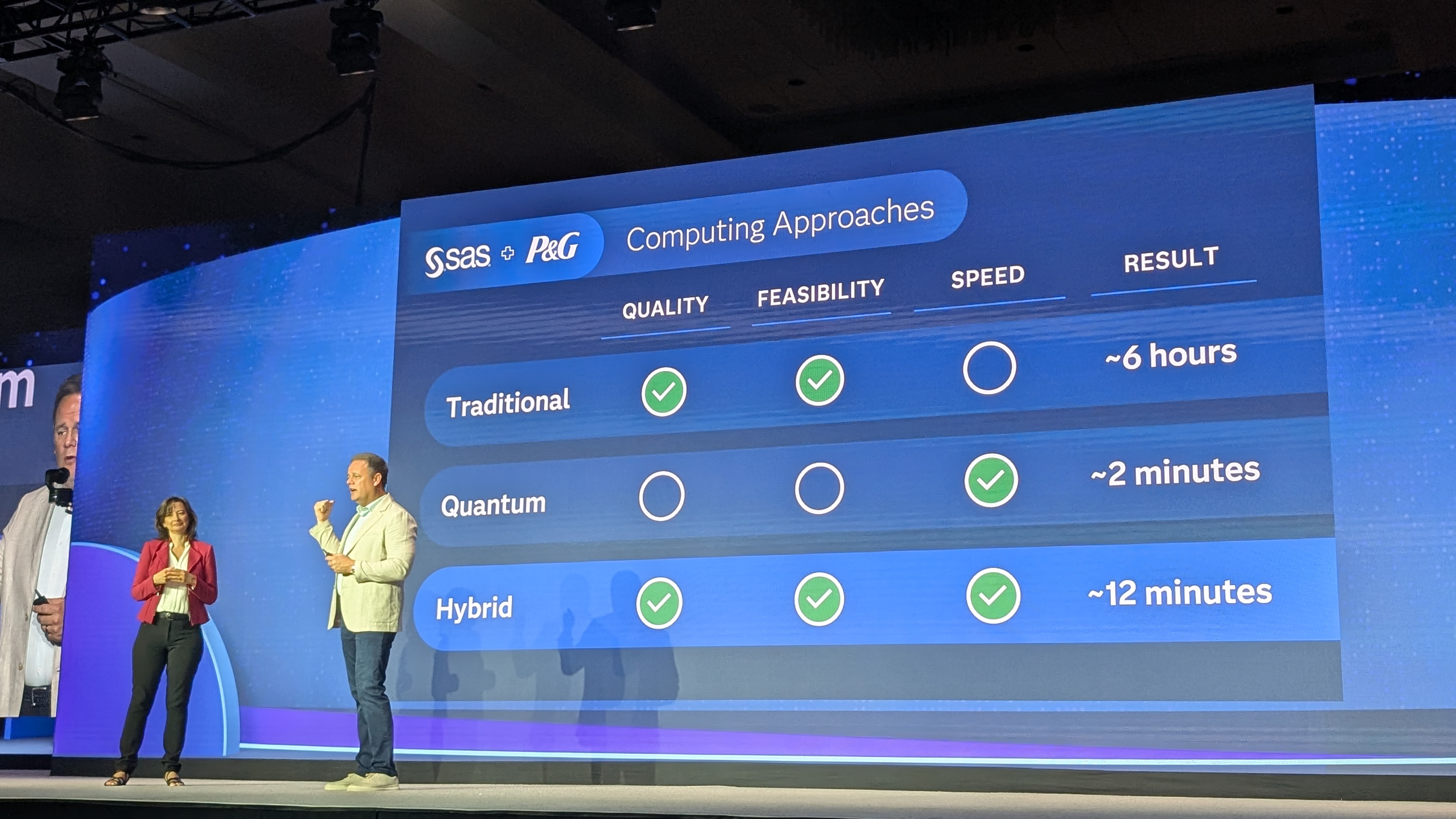
SAS has emphasized the importance of its ongoing investment in quantum AI companies as it looks to master the technology for enterprises ahead of its competitors.
The analytics veteran used its annual conference SAS Innovate 2025 to push quantum AI as a major technological breakthrough in the tech sector. To date, SAS has used ‘quantum AI’ to refer primarily to the optimization method ‘quantum annealing’, used to find the most efficient solution to certain mathematical problems.
Throughout the event, executives from the firm repeatedly stated that quantum AI is a practical, not theoretical, technology. In the opening keynote Bryan Harris, CTO at SAS, spoke to Krista Comstock, director of product and innovation at P&G, which has already unlocked some benefits of SAS’ quantum AI offering.
Comstock told attendees how P&G used SAS’ quantum AI offering to dramatically reduce the computation time on an optimization problem in its manufacturing environment.
To explain the problem, Harris asked the audience to imagine trying to use a five-burner stove, with five pots and pans on top, to cook ten meals while reusing a set number of the pots without cleaning them and without exposing diners to ingredients to which they are allergic.
Solving this problem isn’t just academic, he noted. P&G faces a very similar challenge with its mixing tanks, through which hundreds of ingredients are mixed together and some of which have to remain entirely separate to ensure the finished products aren’t cross-contaminated.
Comstock clarified the total number of potential ingredients mixes P&G faces is 10114, greater than the number of atoms in the universe.
Sign up today and you will receive a free copy of our Future Focus 2025 report - the leading guidance on AI, cybersecurity and other IT challenges as per 700+ senior executives
Using traditional solver algorithms in SAS Viya, P&G was able to solve the problem in six hours, compared to just two minutes with quantum. But as is often the case with quantum computing, results on any kind of scale became unreliable.
The pair therefore settled on a hybrid approach, in which the bulk of the problem was solved using quantum AI and the solver algorithm was used to get final results in an optimal place. P&G was able to achieve its results in 12 minutes using this approach, which Comstock revealed marked a 30x reduction.
Enterprises are interested in quantum AI
To coincide with SAS Innovate 2025, SAS published the results of a survey it ran, taking in the responses of 500 business leaders worldwide. Among respondents, over 60% stated they were investing in, or investigating the potential value of, quantum AI for their organization.
At the same time, more than a third (38%) of respondents registered concern over the costs of quantum AI, which still requires highly specialized hardware in the form of quantum processing units (QPUs) and access to sophisticated algorithms.
Gavin Day, COO at SAS, told ITPro that while quantum AI is no longer a theoretical technology, significant R&D is still needed to fully realize its potential and make it cost-competitive for customers.
He added that SAS will need to invest ahead of market demand so that when more customers begin to ask for quantum solutions it’s ready to provide them.
“I think something technology providers have to be able to do is make sure we can scale up the technology for enterprise quantum-like projects, but the barrier to entry needs to be lower so mid-sized businesses and then smaller businesses can adopt it,” Day said.
This was reflected in a media briefing by Amy Stout, principal product manager, Quantum Computing at SAS.
“At SAS, our goal with quantum AI is making the use of quantum simple, fast, and intuitive for our customers,” Stout said, with a commitment to reducing the cost of adopting quantum via targeted research, developing more quantum tools for SAS customers, and working directly with select customers on quantum AI pilot projects.
As quantum AI becomes more of a known quantity, the market will respond by crowding in behind specific approaches that show the most promise.
“In my opinion, there's going to be a lot of consolidation on the quantum hardware providers and so we're going to pay attention to that,” said Day, in acknowledgment of the new families of chips necessary to unlock proper quantum computing.
He predicted some early, significant moves from the hyperscalers, pointing to Microsoft’s recent work on quantum chips as well as recent announcements by Google and AWS. This, he said, will drive down costs and increase demand.
For the moment, SAS is doubling down on its hybrid approach to quantum AI, striking a balance between faster time to solve and the accuracy and reliability of traditional algorithms.
Looking ahead, Day stated that quantum AI would eventually be as core to SAS’ overall offering as agentic AI is today but stressed that it will only be useful for specific kinds of enterprise problems.
To explain, he drew a comparison between quantum AI and the adoption of GPUs.
“All of us are familiar with when GPUs came out, one of the things that all the hardware vendors and a lot of software vendors did was throw all of our problems and calculations at GPUs,” he said.
“There are some instructions and problems that GPUs are excellent at solving, there are others that actually are slower and worse.”
In the same way, Day argued traditional math, analytics, machine learning, and AI techniques will see continued use, as leaders figure out which tools are best suited for which challenges.
Similarly, SAS has committed itself to continued exploration and experimentation with quantum AI approaches. At present, SAS is working with three leaders in quantum computing: D-Wave Quantum Inc, IBM, and QuEra Computing.
MORE FROM ITPRO
- The UK government wants quantum technology out of the lab and in the hands of enterprises
- Jensen Huang changes his tune on quantum computing
- Get started on post-quantum encryption, organizations warned
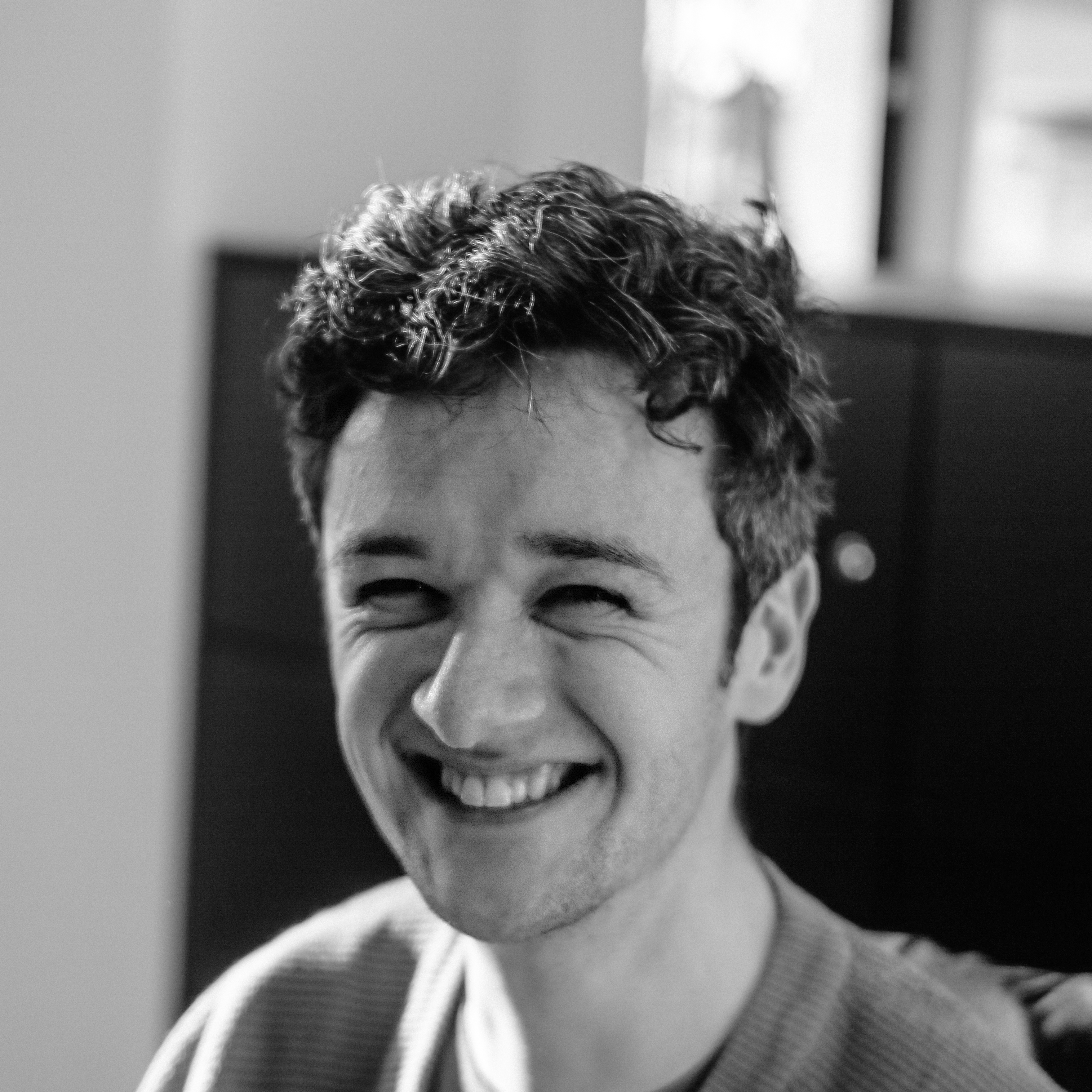
Rory Bathgate is Features and Multimedia Editor at ITPro, overseeing all in-depth content and case studies. He can also be found co-hosting the ITPro Podcast with Jane McCallion, swapping a keyboard for a microphone to discuss the latest learnings with thought leaders from across the tech sector.
In his free time, Rory enjoys photography, video editing, and good science fiction. After graduating from the University of Kent with a BA in English and American Literature, Rory undertook an MA in Eighteenth-Century Studies at King’s College London. He joined ITPro in 2022 as a graduate, following four years in student journalism. You can contact Rory at rory.bathgate@futurenet.com or on LinkedIn.
-
 IBM is targeting 'quantum advantage' in 12 months – and says useful quantum computing is just a few years away
IBM is targeting 'quantum advantage' in 12 months – and says useful quantum computing is just a few years awayNews Leading organizations are already preparing for quantum computing, which could upend our understanding of linear mathematical problems
-
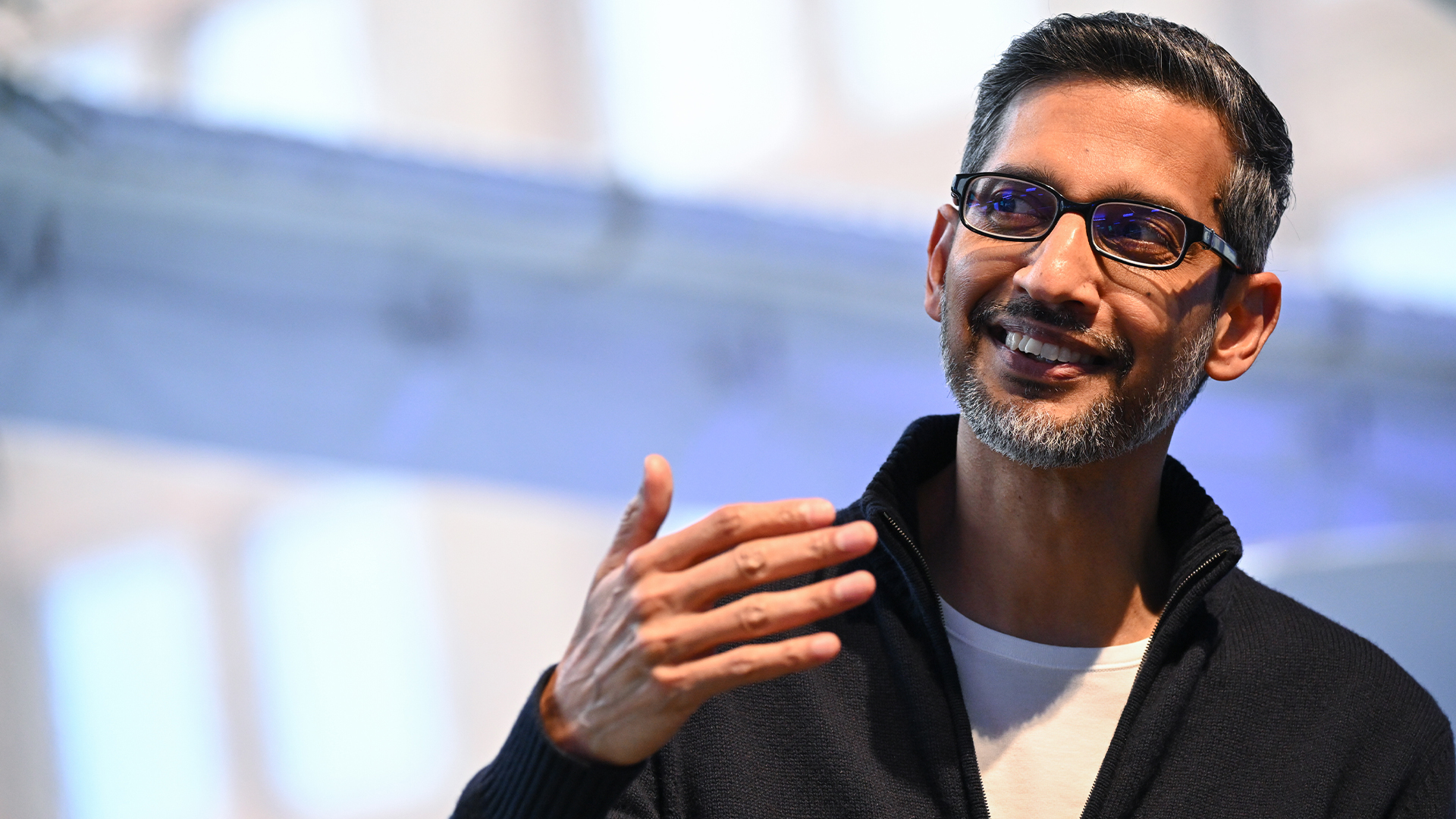 Sundar Pichai thinks commercially viable quantum computing is just 'a few years' away
Sundar Pichai thinks commercially viable quantum computing is just 'a few years' awayNews The Alphabet exec acknowledged that Google just missed beating OpenAI to model launches but emphasized the firm’s inherent AI capabilities
-
 Future-proofing cybersecurity: Understanding quantum-safe AI and how to create resilient defenses
Future-proofing cybersecurity: Understanding quantum-safe AI and how to create resilient defensesIndustry Insights Practical steps businesses can take to become quantum-ready today
-
 IBM and AMD are teaming up to champion 'quantum-centric supercomputing' – but what is it?
IBM and AMD are teaming up to champion 'quantum-centric supercomputing' – but what is it?News The plan is to integrate the two technologies to create scalable, open source platforms
-
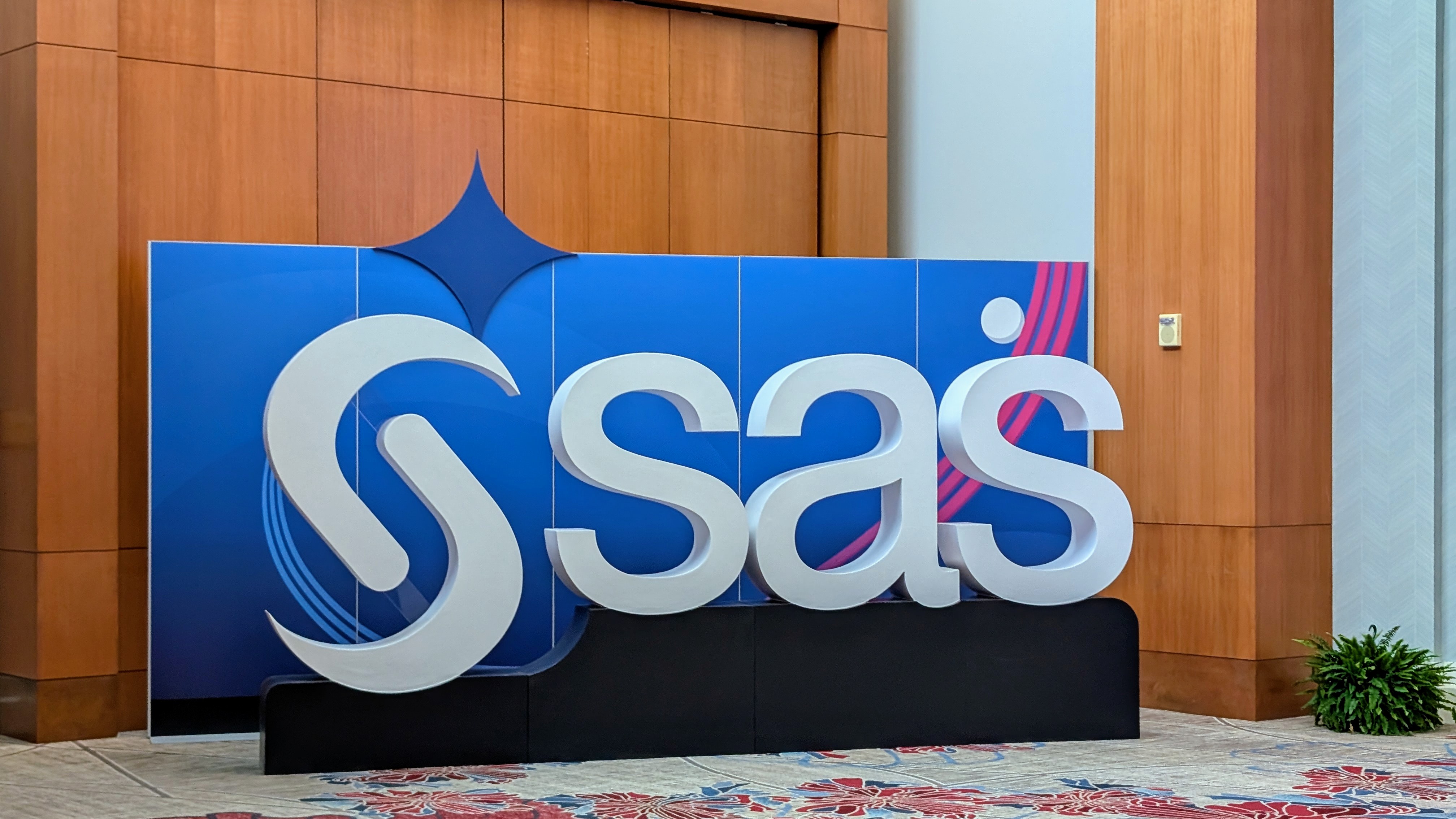 SAS rejects generative AI hype in favor of data fundamentals at Innovate 2025
SAS rejects generative AI hype in favor of data fundamentals at Innovate 2025Analysis Across SAS Innovate 2025, the data and analytics firm committed to AI governance, domain-specific models, and continued investment to stay ahead of the market
-
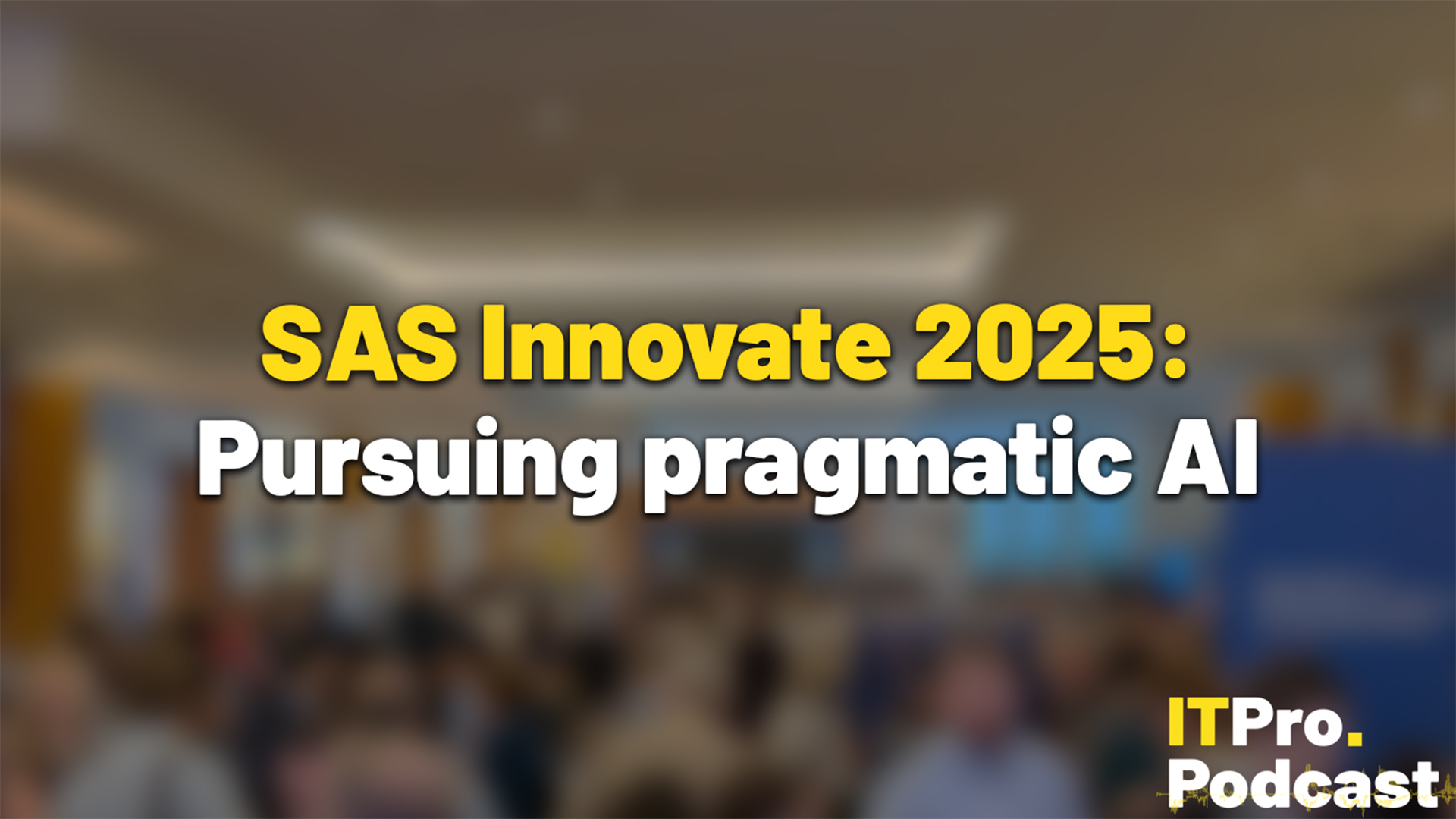 SAS Innovate 2025: Pursuing pragmatic AI
SAS Innovate 2025: Pursuing pragmatic AIITPro Podcast As CISA delivered an eleventh-hour reprieve for the CVE database, AWS reportedly began to pause some data center leases
-
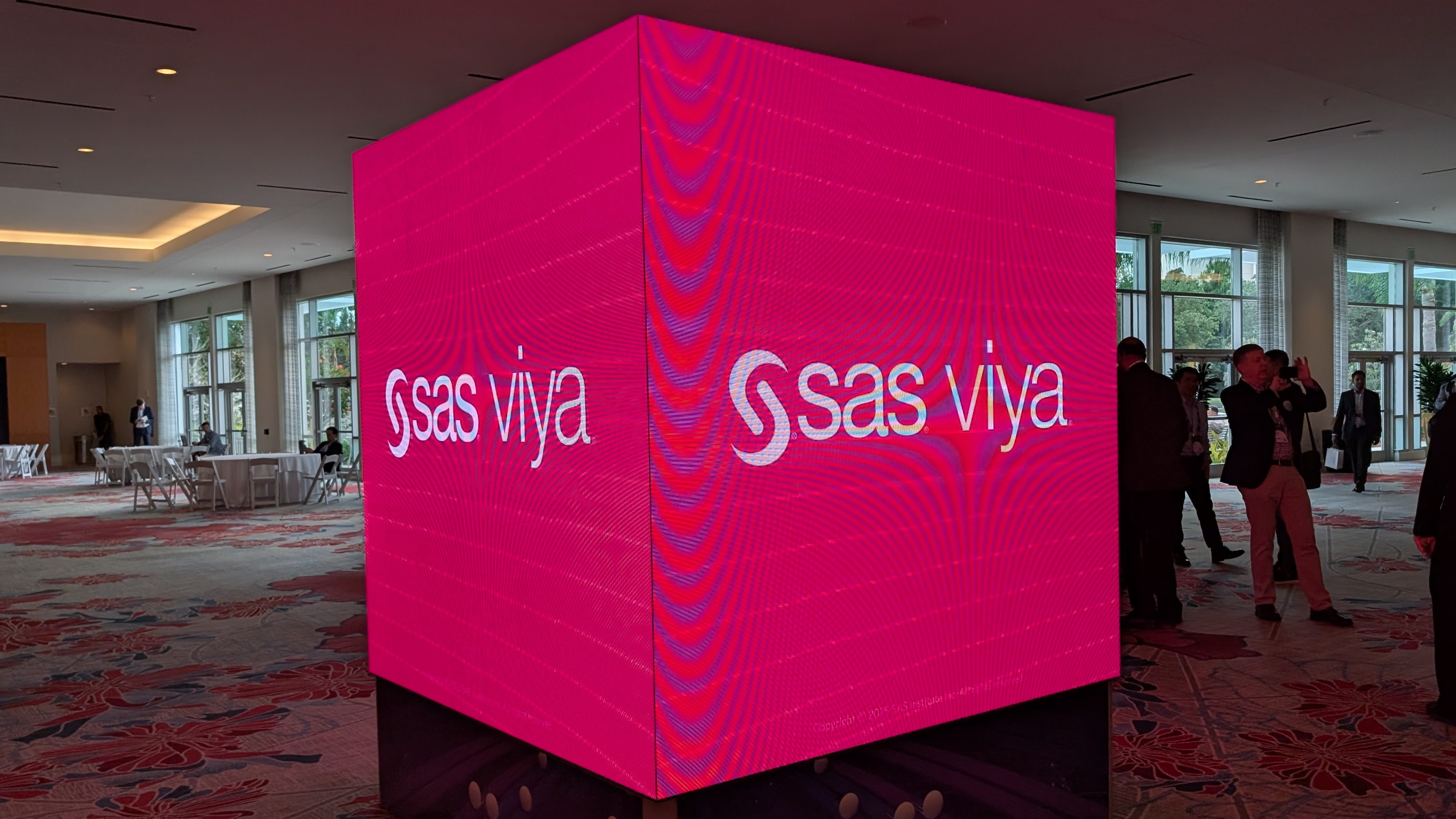 SAS wants its AI agents to supercharge workers, not replace them
SAS wants its AI agents to supercharge workers, not replace themSAS has announced a new agentic AI service aimed at helping enterprises deploy agents alongside domain-specific AI models.
-
 The UK government wants quantum technology out of the lab and in the hands of enterprises
The UK government wants quantum technology out of the lab and in the hands of enterprisesNews The UK government has unveiled plans to invest £121 million in quantum computing projects in an effort to drive real-world applications and adoption rates.

